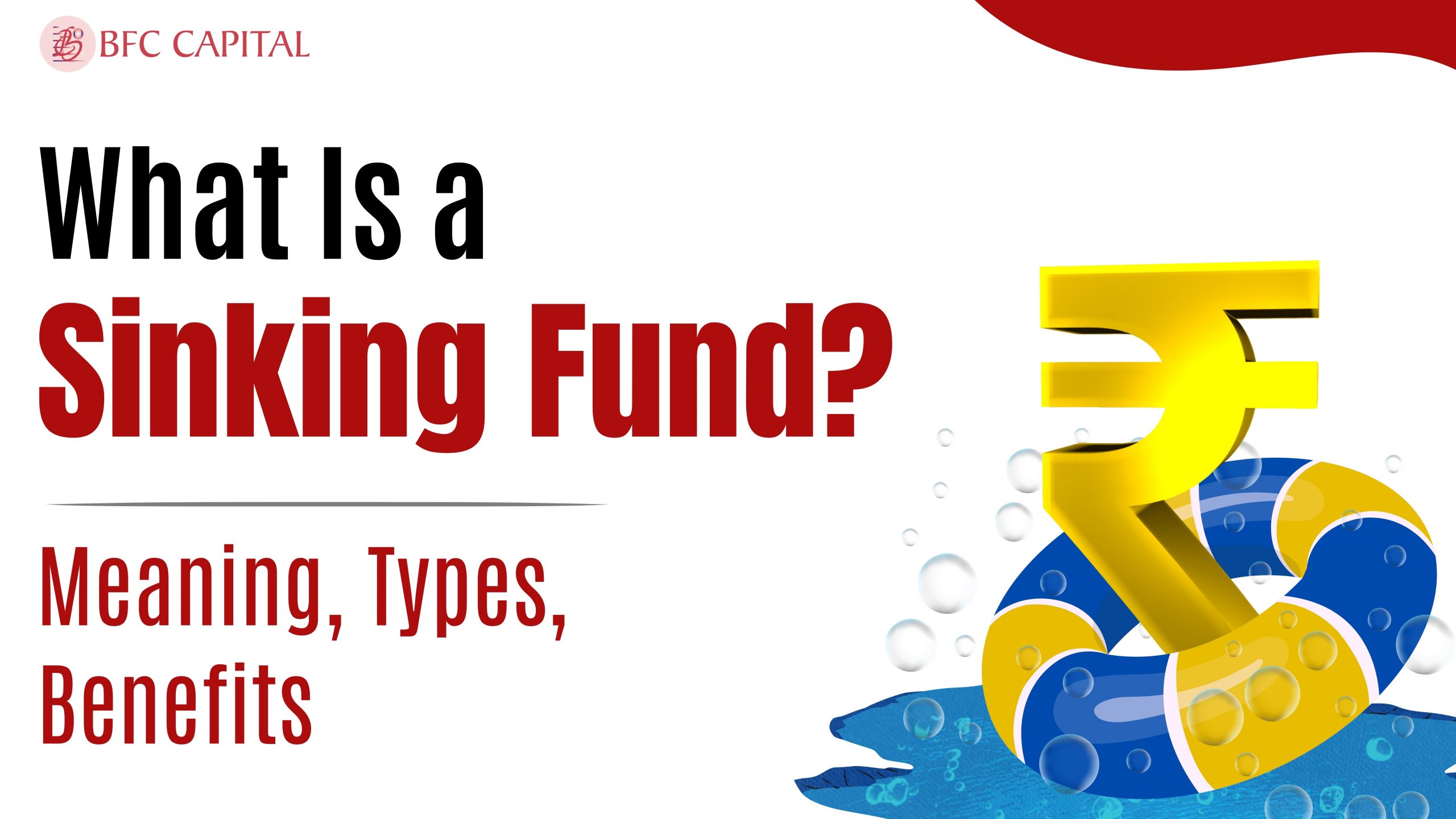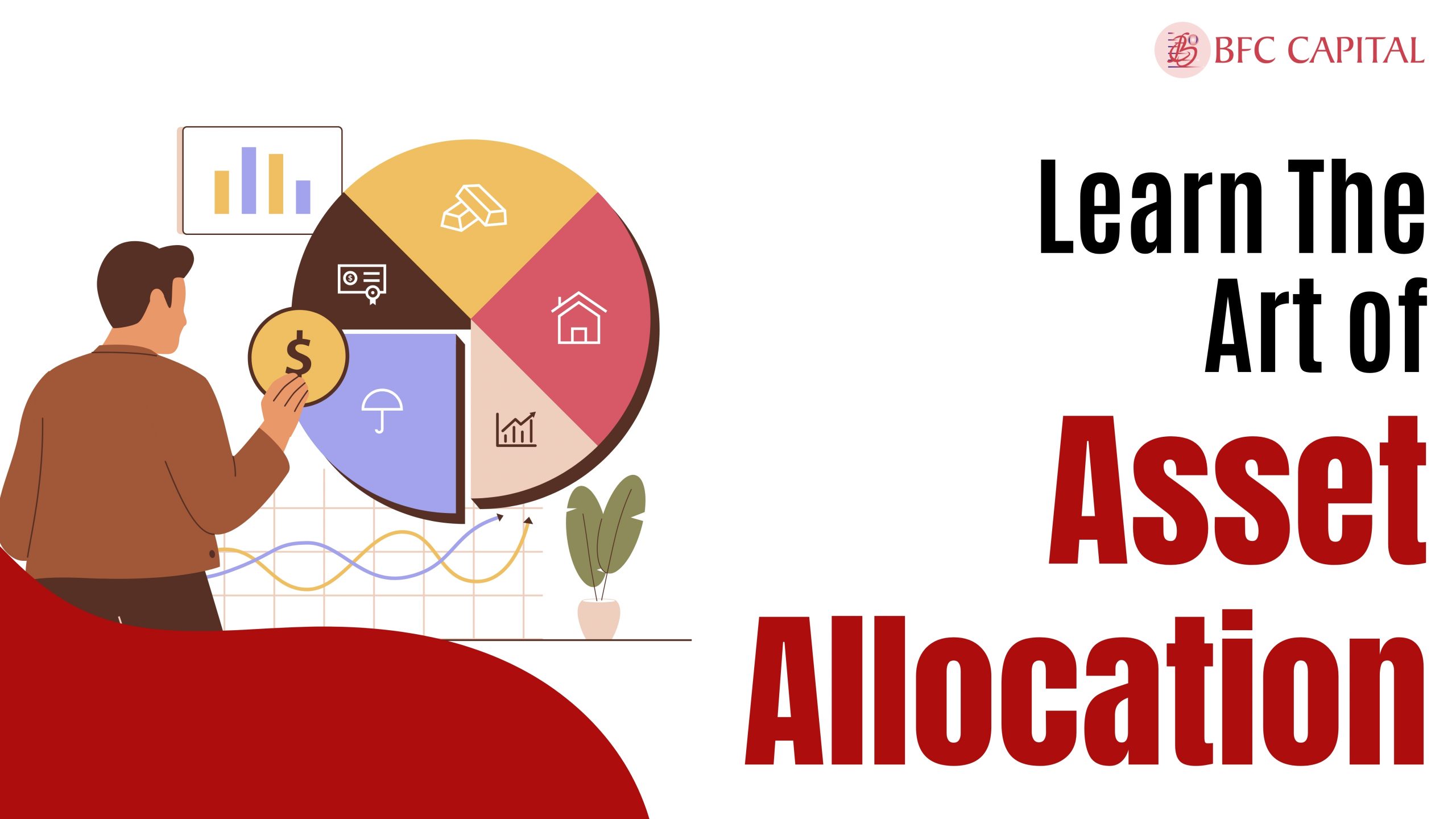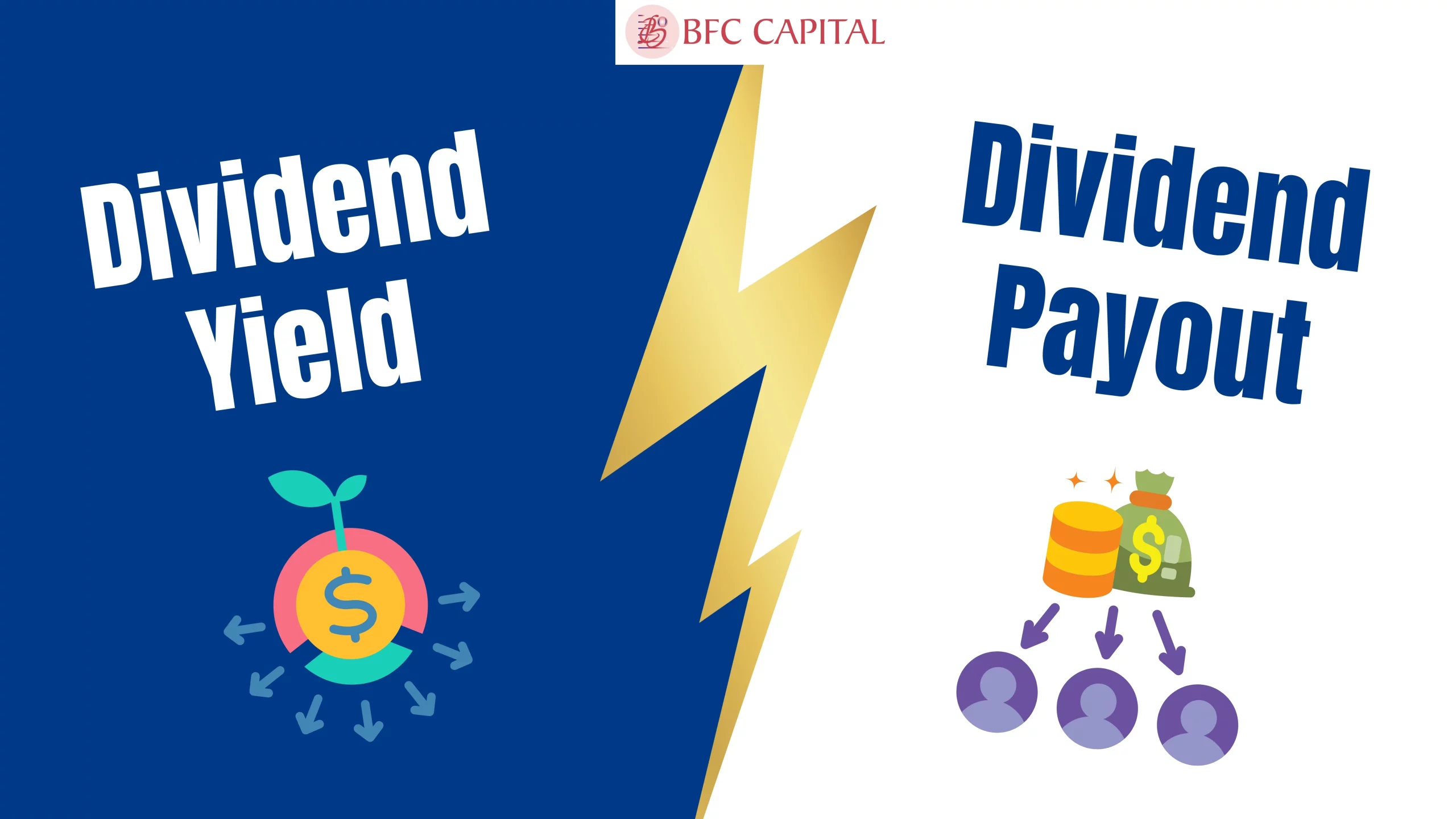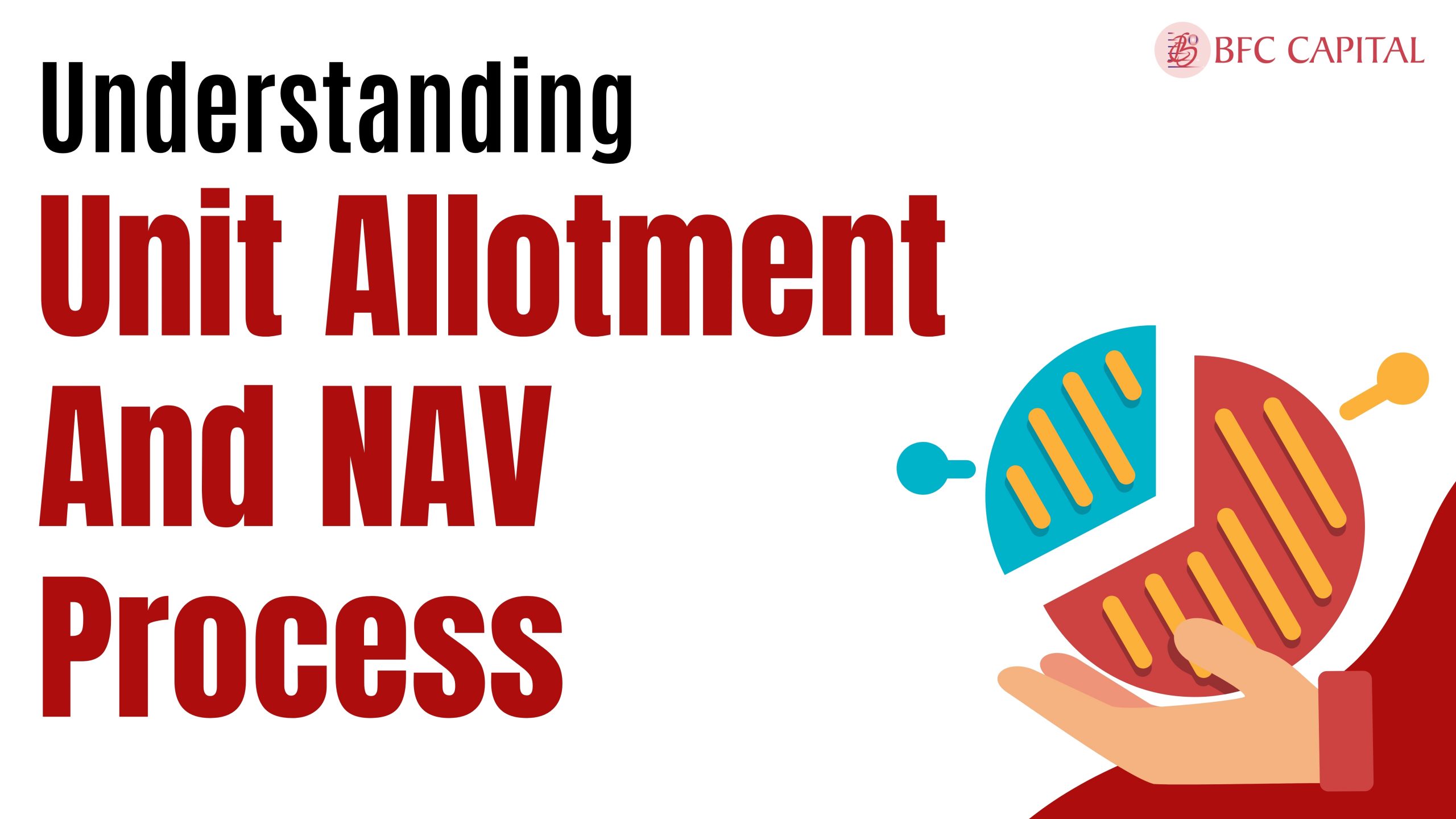
Value investing is a time-based investment strategy. It has gained the attention of many successful investors. Do you wanna know what exactly it is and how it works? Value investors analyse opportunities in the stock market. They focus on undervalued stocks. This approach revolves around finding stocks that are trading for less than their intrinsic value. They invest with such an expectation that the market will eventually recognize their true worth.
Background of Value Investing
The stock market investment strategy that is recognized globally as ‘Value Investing’ was introduced for the first time, by Benjamin Graham, an American economist, great investor, and professor in the 1920s. He is often referred to as the ‘Father of Value Investing’; his strategies still resonate with investors even today, some famous disciples being Warren Buffet and Peter Lynch, among others. This unique approach to investment in securities enabled him to create plenty of wealth. Also investing without much risk is by simply assessing a company accurately.
What is Value Investing?
Value investing is an investment technique which involves searching for shares where the market price of a company does not adequately reflect the fundamentals of that stock. This method of investment involves a lot of research in the field of stock markets. Therefore, here comes into play undervaluation and overvaluation.
Graham and Dodd postulated that value investors hold the idea that a stock’s price does not reflect long-term fundamentals because the prices change more according to the overall sentiment in the market than the company’s actual value. However, eventually, the market values the stock at a fair price and hence by avoiding giving into the tendencies of the market, value investors can foresee the actual performance of equities in the market.
How Does Value Investing Work?
Here’s how the process typically so how does value investing works:
1. Screening for Potential Investments
The first of these components is the selection of potential stock candidates for value investing known to be undervalued. Some of the common financial ratios that are used in the screening process include the P/E ratio, P/B ratio and dividend yield because they enable the investors to identify undervalued stocks in terms of their earnings, assets or dividends.
2. Conducting Fundamental Analysis
Once prospective stocks are considered, it will be essential to conduct an analysis of the specific company’s financial status. This encompasses the evaluation of balance sheets, statements of income and loss, debt and equity analysis, and organizational and industrial competitive standing.
3. Estimating Intrinsic Value
Following the collection of these details, value investors then come up with their absolute value of the stock. This can be achieved using different business valuation tools, including the method based on the discounted cash flow (DCF) analysis, which presupposes the forecast of the company’s cash flows in future periods and their discounting to the present. Some of the others include comparison of current with the other related companies or, checking the historical multiples of the company’s valuation.
4. Determining the Margin of Safety
Having estimated an intrinsic value for the investment one then verifies how this value stands about the market price of the share. This can be regarded as a buying signal in a situation where the stock is significantly undervalued on the stock exchange market. It just translates to the fact that the difference between the present worth of an asset and its market price is the safety margin whenever bad incidents happen.
5. Making the Investment
After security with an appropriate cushion is located, value investors go through with the purchase. They may decide to acquire a large stake if they have high conviction in the investment hypothesis. It implies that one acquires the stock to wait for the market to realize the value of the stock, which eventually makes the price of the stock rise.
Also, Check – Growth v/s Value Investing
Risks Associated with Value Investing
Value Traps: It’s crucial to remember that not all stocks that are deemed cheap are worthwhile investments. In some cases, even though a raw material is cheaper to acquire and process, there may be inevitable business conditions that hold the stock down such as poor business indicators or conditions in the industry. These are referred to as value traps, and investing in such stocks might result in substantial losses if the problems are not identified.
Market Timing: Another disadvantage of value investing is the time factor; it is, in some cases, very difficult to know the right time to invest in a particular stock. However, this means that even when a stock has been priced lower than its potential, it may still take time for the market to value it properly. At this time, the price of the stock may not go up and could even go down further, which is a major trial to the patience of an investor. Investors must be very careful and acquainted with the market’s ups and downs.
Psychological Pressure: One of the most important issues that investors should be aware of is the fact that, most importantly, value investing is the psychological pressure as it relies on having a strong conviction of a company’s performance, and one has to be a patient investor. This is a huge psychological task. Managers may experience some coercion to liquidate stocks during unfavourable situations or to exclude unpopular shares. It is essential to remain disciplined and adhere to the concepts of value investing, although it may not always be easy.
Changing Market Conditions: Economic factors or changes in the industry environment and competition may affect a company more or less, meaning that its intrinsic value may change. About the value investing strategy, stock investors have to be steadfast and ready to adjust their value propositions in case of changing factors.
Conclusion
value based investing is an important approach to investing that focuses on capitalizing on market corrections by understanding undervalued stocks. Value investors focus on long-term returns while aversing risks, by understanding intrinsic value and maintaining a margin of safety. However, all kinds of investing come up with some risks associated with it. You must understand it and make your investment wisely.
Please share your thoughts on this post by leaving a reply in the comments section. Also, check out our recent post on: “The Psychology of Bull Vs Bear Markets“
To learn more about mutual funds, contact us via Phone, WhatsApp, Email, or visit our Website. Additionally, you can download the Prodigy Pro app to start investing today!
Disclaimer – This article is for educational purposes only and by no means intends to substitute expert guidance. Mutual fund investments are subject to market risks. Please read the scheme related document carefully before investing.

Assistant Vice President – Research & Analysis
Akash Gupta heads the Research & Analysis department at BFC CAPITAL, where he combines in-depth market insights with strategic analysis. He holds multiple certifications, including:
- NISM-Series-XIII: Common Derivatives Certification
- NISM-Series-VIII: Equity Derivatives Certification
- NISM-Series-XXI-A: Portfolio Management Services Certification
- IRDAI Certification
With his expertise in equity, derivatives, and portfolio management, Akash plays a key role in providing research-backed strategies and actionable insights to help clients navigate the investment landscape.








Name: What is Volatility in the Market? - BFC Capital- Blogs : All Financial Solutions for Growing Your Wealth
says:[…] Also, check out our recent post on: “What is Value Investing? How does it work?“ […]